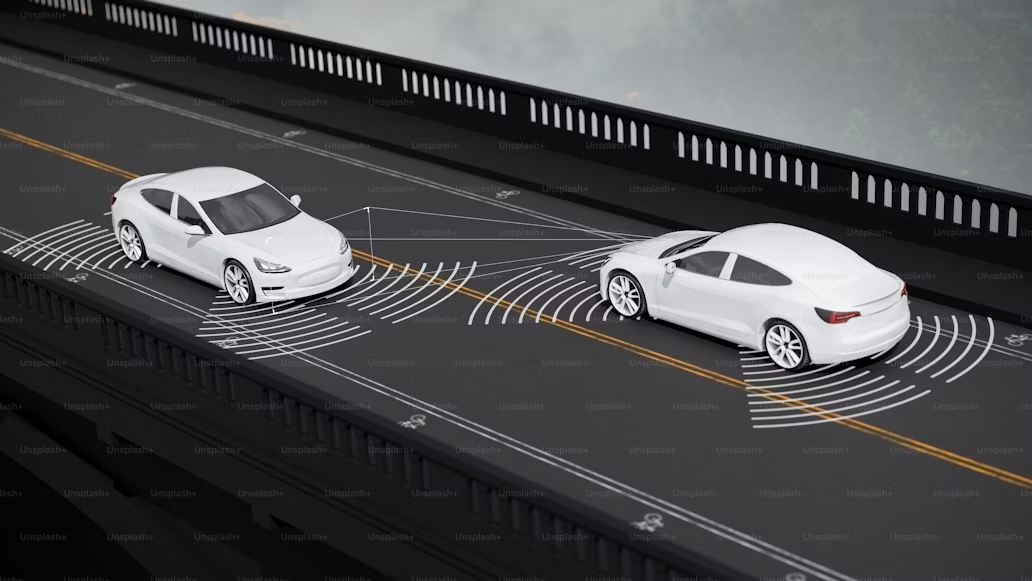February 10, 2025
Tesla has made headlines today with the release of its much-anticipated full-self driving (FSD) system, marking a significant milestone in the world of autonomous vehicles. The new technology, which CEO Elon Musk described as “a leap forward in the evolution of transportation,” promises to bring Tesla cars closer than ever to fully autonomous operation, with groundbreaking advancements in AI and machine learning.
A Step Toward True Autonomy
The newly launched FSD system is powered by Tesla’s in-house AI chips, designed to perform real-time decision-making on the road. Tesla claims that the updated system is capable of handling complex urban driving scenarios, including navigating through busy city streets, making split-second decisions in traffic, and even recognizing and responding to pedestrians and cyclists.
Unlike previous iterations of Tesla’s autonomous features, which relied heavily on human oversight, the latest FSD technology is designed to take on more of the driving responsibilities, minimizing the need for driver intervention. The system’s advanced AI can continuously learn from a vast network of data provided by Tesla vehicles worldwide, allowing it to improve performance over time.
AI at the Core of the Revolution
Tesla’s new FSD system is powered by a next-generation AI model that has been trained to handle a variety of driving environments, from highways to complex intersections. The technology employs deep learning algorithms that analyze real-time data from Tesla’s suite of sensors and cameras to make safe and efficient driving decisions. This AI-driven approach is touted as one of the most sophisticated in the industry, setting Tesla apart from competitors in the race toward full vehicle autonomy.
One key feature of the new FSD system is its ability to conduct “zero-human intervention” drives, where the car operates entirely autonomously in all types of weather conditions. While Tesla’s previous FSD version required drivers to keep their hands on the wheel, the latest release aims to eliminate this need, bringing the company one step closer to achieving its goal of a completely autonomous vehicle fleet.
Challenges and Future Implications
While the new system has received widespread praise for its advancements, the rollout of the technology is not without challenges. Regulatory approval is still pending in many regions, as governments and safety organizations assess the readiness of full-autonomous vehicles for public roads. Additionally, Tesla will need to address concerns regarding AI safety, security, and liability, as fully autonomous systems could be vulnerable to cyber threats and operational failures.
Looking ahead, Tesla’s introduction of its advanced FSD system marks a major leap toward the future of transportation. If successful, the new technology could not only redefine the driving experience but also transform industries like logistics, insurance, and public transportation. As Tesla continues to push the boundaries of AI and autonomous vehicles, the future of driving appears to be rapidly evolving.


